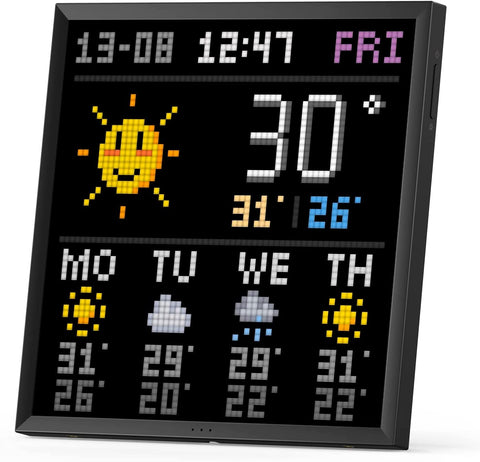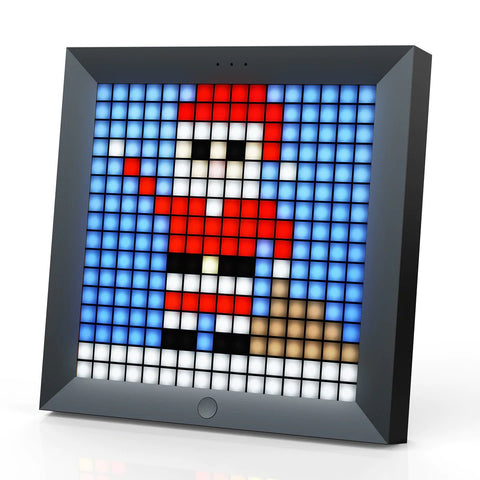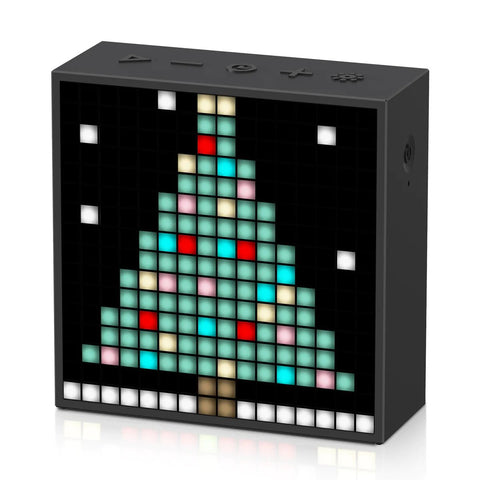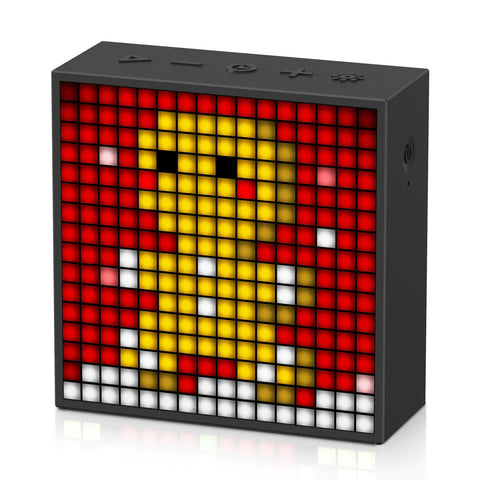Introduction
Whether you're a passionate audiophile, an avid gamer, or a devoted home theater enthusiast, a crucial aspect of your setup undoubtedly includes lighting. However, with the rise of new technology like pixelated, color-changing lights, traditional LED light setups are being put to the test. This blog aims to offer a comprehensive comparison between pixelated light displays and traditional LED lights, focusing on enhancing your music experience.
The Basics: Defining Pixelated Light Displays and Traditional LED Lights
To truly understand the battle of the bulbs, it's important to know what we're comparing. Traditional LED lights are cost-efficient, reliable, and provide a bright, consistent light source. They've been around for some years and have carved their spot in the lighting world. On the other hand, pixelated light displays are an innovation in the lighting industry. They contain tiny LED lights, each customizable and capable of producing color changes in real-time, creating out-of-this-world visual effects when synchronized with music.
Application: Mapping Light To Music
Traditional LED lights and pixelated light displays have different methods of syncing with music, offering distinct experiences.
Traditional LED lights use sound-active controllers, responding to the loudness level of the music. Pixelated light displays, on the other hand, are driven by complex algorithms that allow each little LED (or pixel) to respond individually to particular frequencies, displaying a whole spectrum of color and motion, creating a captivating visual rhythm in synchronization with the melody.
Practical Scenarios of Use
Home Theater
Let's start with a typical application: the home theater setup. With pixelated light displays, you can create a more immersive visual experience that reacts to the music or sound effects. This could be changing colors according to the film's moods or flashing in time with intense scenes. With traditional LEDs, you're limited to uniform lighting that adjusts brightness levels based on the audio volume.
Gaming
There's nothing like adding an extra dimension to your gaming experience. Imagine your room's lights flashing red when you're under attack or blue when exploring underwater. Pixelated light displays, with their spectrum of colors and individual pixel controls, make this possible. Traditional LEDs can contribute to the mood and touch to a game's intensity, but they fall short of matching the detailed, immersive experience pixelated lights create.
Cost and Efficiency
If you're impressed by the versatility of pixelated light displays but worried about the cost, these lights can, indeed, be a little more expensive than traditional LEDs. However, they are much more energy-efficient. Each pixel uses only the required energy to produce the intended color, unlike LED lights that use full power regardless of the color displayed. Therefore, in the long run, you may end up saving on your electricity bills.
Conclusion: Be The Judge
The applications and benefits above show pixelated light displays as being the future of immersive music experiences. The capability to react individually to specific audio frequencies and save energy is something traditional LEDs simply can't match.
However, traditional LED lights still have their place. They're budget-friendly, reliable, and effective in providing ambient lighting. If the primary goal is to have a simple, non-distracting light that responds broadly to changes in audio volume, traditional LEDs are for you.
Ultimately, the bulb you pick depends on your specific needs and budget. Is it a more immersive and visually vibrant music experience you desire, or a budget-friendly, reliable source of ambient lighting that you want? The choice is yours to make in the Battle of the Bulbs.











